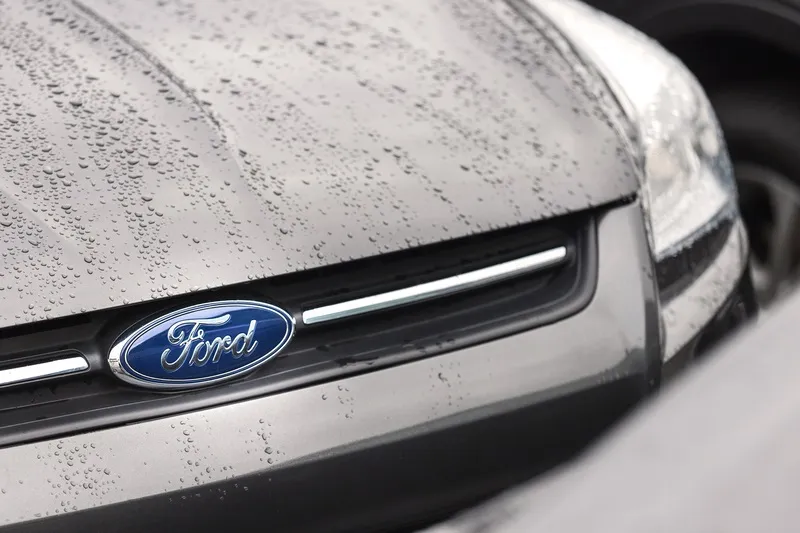Ford recently conducted tests at its Arizona proving ground to determine how autonomous cars could navigate at night without headlights.
According to Ford, it’s an important development, in that it shows that even without cameras, which rely on light, Ford’s LiDAR, working with the car’s virtual driver software, is robust enough to steer around winding roads. While it’s ideal to have all three modes of sensors, radar, cameras and LiDAR, the latter can function independently on roads without stoplights.
April 13, 2016
Read time: 2 mins
According to Ford, it’s an important development, in that it shows that even without cameras, which rely on light, Ford’s LiDAR, working with the car’s virtual driver software, is robust enough to steer around winding roads. While it’s ideal to have all three modes of sensors, radar, cameras and LiDAR, the latter can function independently on roads without stoplights.
To navigate in the dark, Ford self-driving cars use high-resolution 3D maps, complete with information about the road, road markings, geography, topography and landmarks like signs, buildings and trees. The vehicle uses LiDAR pulses to pinpoint itself on the map in real time. Additional data from radar gets fused with that of LiDAR to complete the full sensing capability of the autonomous vehicle.
For the desert test, Ford engineers, wearing night-vision goggles, monitored the Fusion from inside and outside the vehicle. Night vision allowed them to see the LiDAR doing its job in the form of a grid of infrared laser beams projected around the vehicle as it drove past. LiDAR sensors shoot out 2.8 million laser pulses a second to precisely scan the surrounding environment.
Wayne Williams, a Ford research scientist and engineer was in the car following it’s progression in real time using computer monitoring. He claims it stayed precisely on track along the winding roads.
“Thanks to LiDAR, the test cars aren’t reliant on the sun shining, nor cameras detecting painted white lines on the asphalt,” says Jim McBride, Ford technical leader for autonomous vehicles. “In fact, LiDAR allows autonomous cars to drive just as well in the dark as they do in the light of day.”









